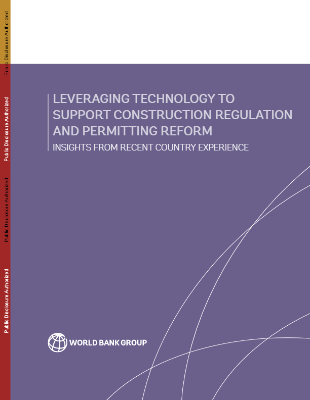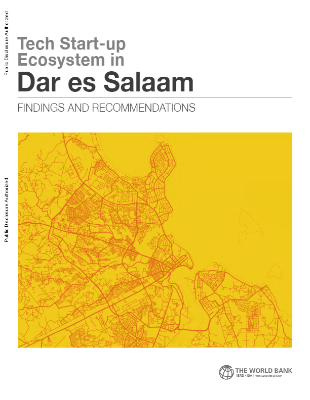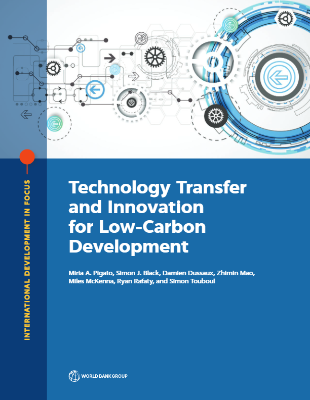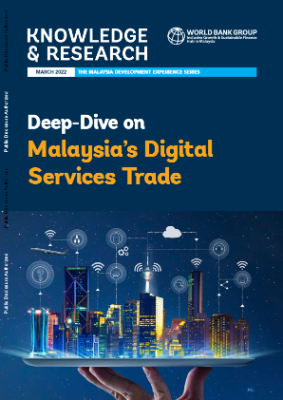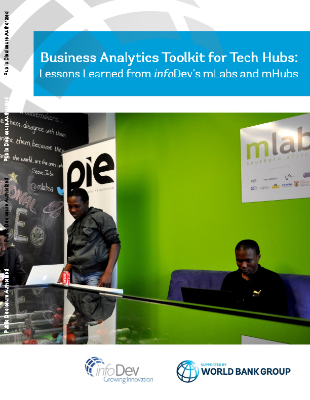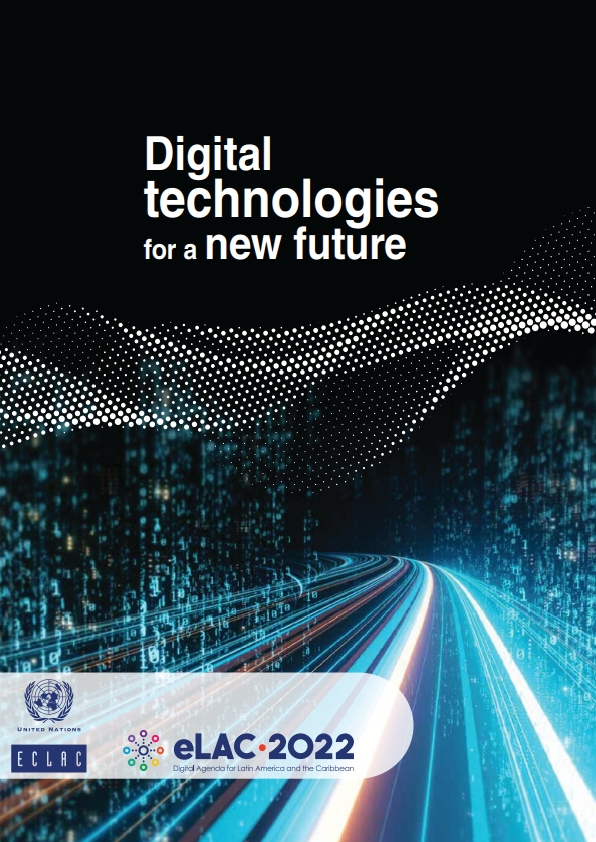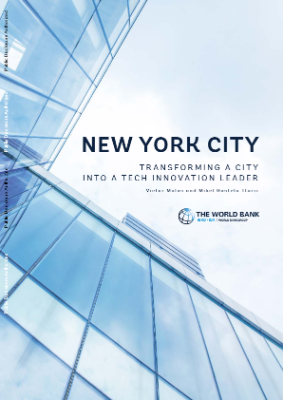INSIGHTS FROM RECENT COUNTRY EXPERIENCE
Governments have engaged in reforms aimed at improving building control and accelerating issuance of construction permits, which in turn can help improve the competitiveness of their business environments. To that end, national and local authorities increasingly leverage information and communications technology (ICT) solutions to improve processing times, transparency, and predictability for the private sector; increase compliance by the building industry; enhance efficiency and accountability for the public sector; and lower costs for all involved parties.
A recent survey conducted by the Global Business Regulation Unit in the World Bank Group’s Macroeconomics Trade and Investment Global Practice examines the experience of 27 national and local authorities that have deployed ICT solutions to support more effective building control.
Good regulations, combined with sound enforcement mechanisms and an efficient, transparent, and affordable permitting process, can ensure safety standards for the community, facilitate investment in new building stock, and contribute to capital formation. A recent study shows that long delays in obtaining permits can lead to higher transaction costs and fewer transactions. Similarly, an earlier study in the United States (US) found that accelerating permit approvals by 3 months in a 22-month project cycle could increase construction spending and property tax revenue. Unpredictable, lengthy, and expensive permitting procedures influence entrepreneurs’ decision making. A recent competitiveness report on the US, for example, found that construction costs and the permitting process were among the top 20 factors in determining the location of a start-up. Given the relevance of this area for both communities and investors, governments have sought to leverage technology to enhance permitting service delivery and improve availability of zoning requirements and building regulatory information.
Modern technology solutions enable building departments and other agencies involved in administrative decisions regarding planning, zoning, and building to streamline and automate their procedures and to improve transparency and accountability in government service delivery. Electronic permitting has evolved since the early 1980s when only a few pioneering jurisdictions in the US and Europe had their own self-created software on mainframe computers. Today, software vendors offer sophisticated technology solutions that can be tailored to each jurisdiction’s needs and budgets. These range from customized software to off-the-shelf packages and from task-specific systems to more integrated solutions that coordinate all building department activities, connect to other stakeholder agencies, and provide end users with a public interface through which to submit permit applications and monitor the review process.
To assess the current state and level of effectiveness of these efforts, the Global Business Regulation Unit in the World Bank Group’s Macroeconomics Trade and Investment Global Practice has undertaken a survey of the ICT solutions deployed by 27 national and local governmental authorities. This note reviews the main findings of that study.
